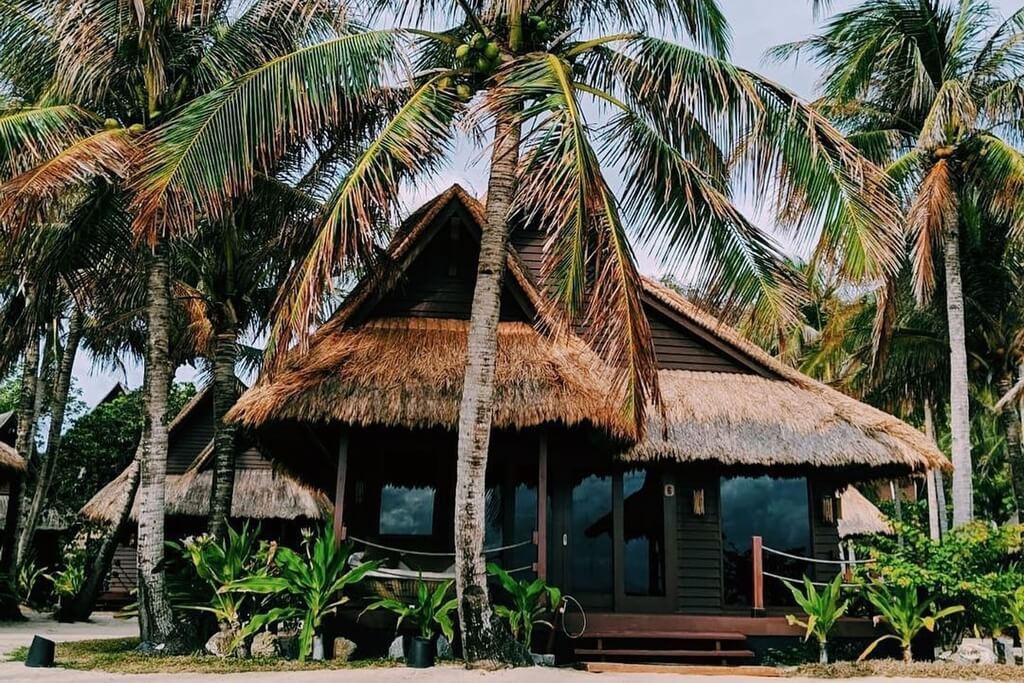Sustainable solutions for tropical living
The Philippines transforms homes using local materials like bamboo, coconut lumber, and rice hull ash cement (RHAC). These materials are not only abundant and cost-effective but also suitable for the country’s tropical climate. For instance, bamboo, known for its flexibility and strength, is being treated to last up to 30 years, making it an ideal choice for both structural and decorative purposes. Similarly, RHAC provides an innovative and environmentally friendly alternative to traditional concrete, improving structures’ compressive strength and durability.
Cultural significance and environmental impact
The shift towards using local materials in construction is driven by the desire to preserve Filipino cultural identity while addressing environmental concerns. One prominent Filipino architect, Francisco Mañosa, is known for incorporating indigenous elements into his designs and has paved the way for a new generation of architects and builders keen on promoting Filipino architecture. By choosing materials like sawali for natural ventilation and rattan for furniture, homeowners can enjoy aesthetically pleasing homes and environmentally responsible ones.
A call to action for sustainable development
The Philippines has been actively promoting and preserving its rich cultural heritage through architecture, and using locally sourced materials has emerged as a promising path toward sustainable development. This approach not only supports local industries but also encourages the conservation of natural resources, providing a blueprint for future constructions that are both culturally significant and environmentally sustainable. As these materials become more readily available and homeowners become more aware, the dream of building an ecologically friendly Filipino home is more achievable than ever.







